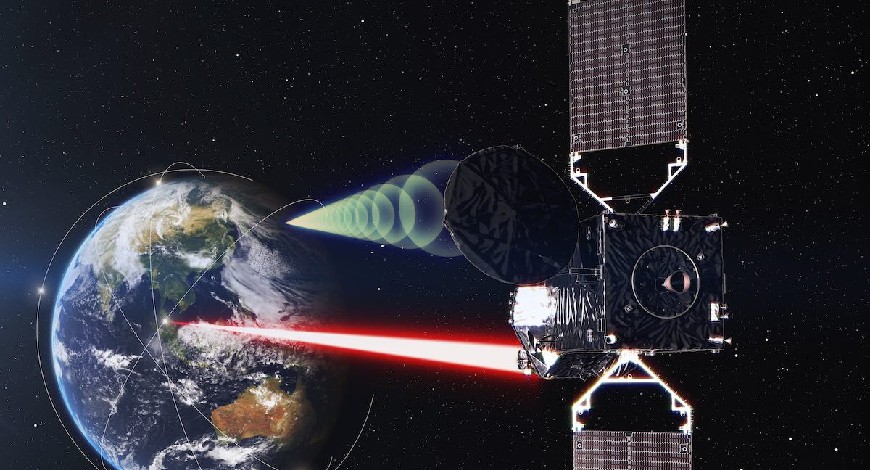Trends
Connecting India faster – with satellite communications technology

The need for digital connectivity has never been more pressing. The pandemic has changed work ethos and day-to-day lives of people across the globe. The new norm is ‘Technology First’, as with people moving to digital connectivity to fulfill their requirements in daily life. India’s dream of ‘internet for all’ has remained a dream. Despite the government and private players’ efforts to deepen internet penetration, a large section of the population remains unconnected or under-connected. The urban rural divide remains stark, with only about 30% of rural India connected. Even in urban areas, the problem is bad connectivity.
While the world is attuning itself to the benefits of satellite communications, India is still grappling with broadband on fixed-line and mobile. The solution to unfettered internet connectivity can be achieved via satellite broadband. High Throughput Satellites (HTS) has the potential to bring about a paradigm shift in the use of satellites for broadband needs in the country. Rapid deployment of HTS technologies in the LEO space can dramatically change the internet penetration levels in India by filling in the gaps where the terrestrial connections are challenged. To ensure seamless connectivity, the SatCom industry requires unfettered access to bandwidth.
As of 2019-20, India has nearly 280 million households, out of which only 21 million have fixed-line broadband connections. In contrast, nearly 161 million households have cable/DTH TV connection out of 210 million TV connections. This glaring gap will be a deterrent to the government’s long-term plan of ramping up broadband services in the country. While wired broadband connections suffer extremely low penetration due to high cost of terrestrial backhauls such as fiber or cable, India has adopted mobile Internet at a much faster rate. Even with 93% of urban India connected to Internet through mobile device, the speed and quality of service remain dismal. Even in metropolitan cities seamless connectivity is difficult for both wired (fibre or cable) and mobile internet.
Satellite broadband can fill the connectivity gap in challenging topographies of urban and rural India. Moreover, the mobile network operators, can also use satellite connectivity to offload their terrestrial networks. Satellite coverage adds value to the mix of access technologies particularly relevant for mission-critical, disaster management and industrial applications where ubiquitous coverage is required.
According to an EY report, data consumption surged to a new record of over 11GB per user per month in 2020-21, a 25-30% rise. This surge in data consumption would require more fixed-line connections as various applications and OTT platforms require seamless communication. Mobile broadband alone s incapable of handling this surge in demand. However, Satellite backhaul can efficiently enhance a network’s capability to handle ever-growing data traffic.
Similarly, Wifi Hotspots – the ambitious PM-WANI, targets a four-fold increase in the wifi hotspots by 2021. But though deploying wifi access points makes last mile connectivity affordable, it requires a broadband backbone to carry traffic to and from the Internet connection point.
For rural India, the HTS satellite communication with applications like multicasting and caching can enable off-line browsing, completely revolutionizing its internet access. Moreover, satellite broadband does not have the supply side issues as with the mobile or NOFN viz., heavy infrastructure, ROW challenges, last-mile issue, extreme weather conditions, national disasters damage, and frequent power cuts.
Undoubtedly, this capacity of satellite communication needs to be harnessed to meet the country’s communications demand, particularly for India’s remote and unconnected regions. With flexibility in the allocation of satellite capacity and increased private sector participation, the sector will usher in a new era. c. A level-playing field for private satellite builders, satellite launchers and space-based service providers under the new space communication policy, along with light touch regulatory framework, easy market access, landing rights and unified licensing regime and exclusive spectrum bands is the need of the hour.
India is at the cusp of being a highly potential market for increased use of satellite communication which can potentially attract billions of dollars as FDI and generate millions of jobs. The sector awaits the right launch pad. Governance Now





You must be logged in to post a comment Login